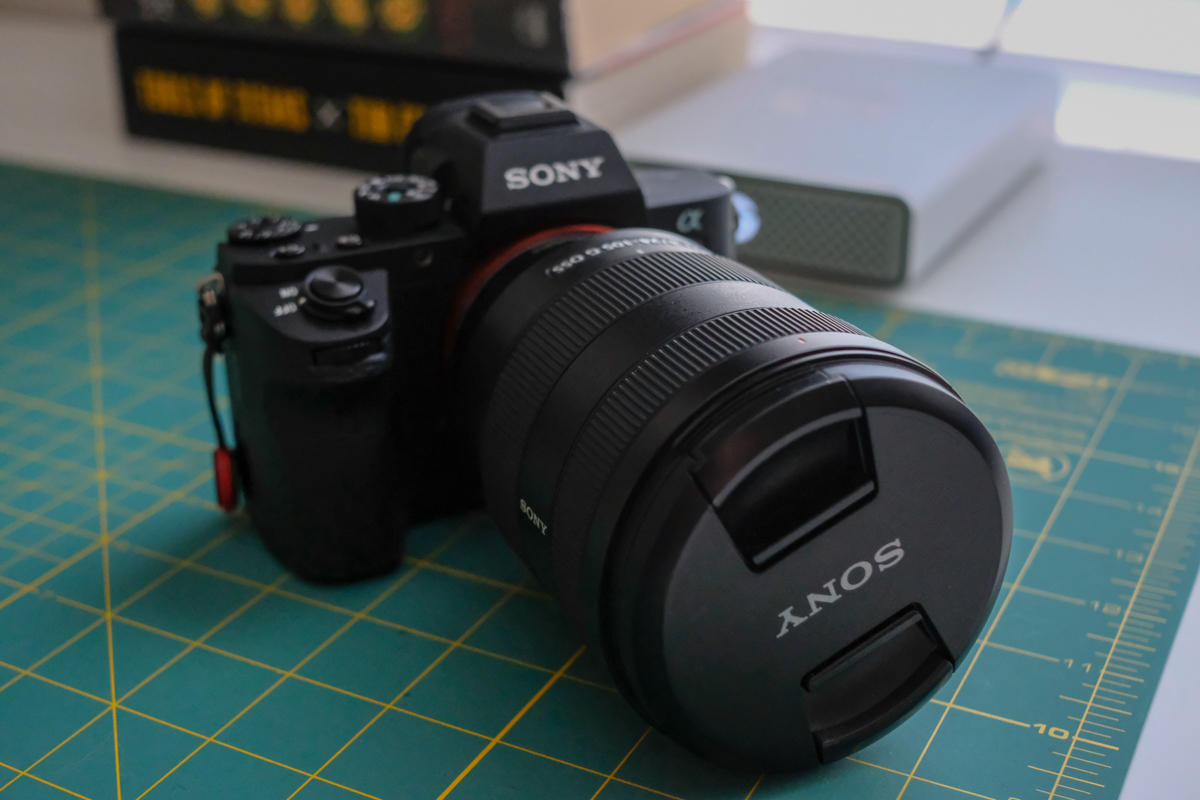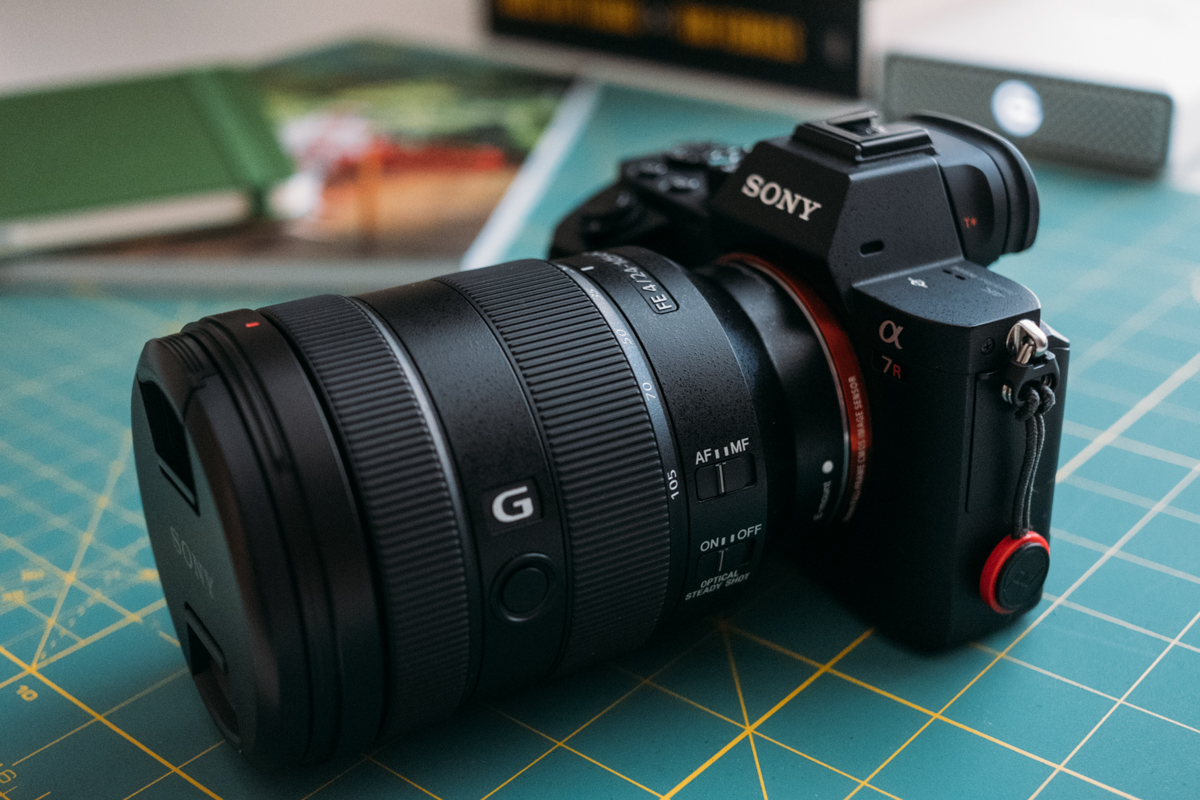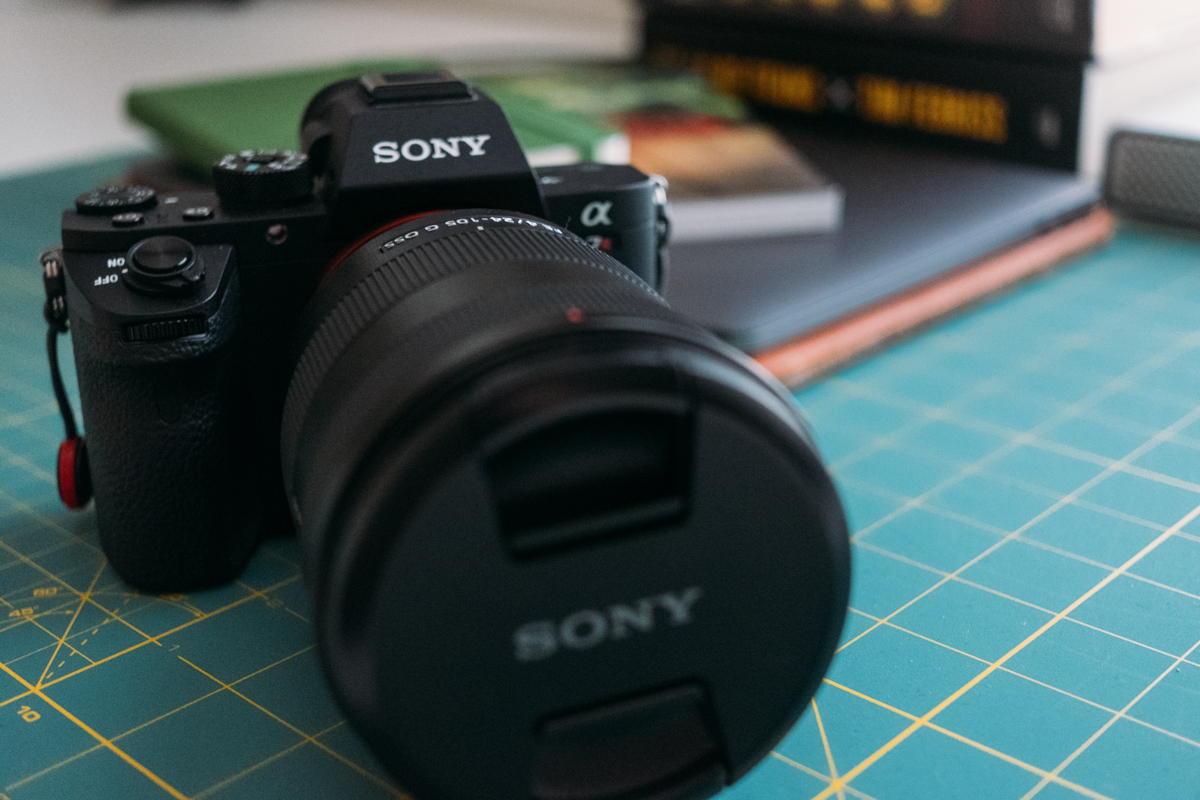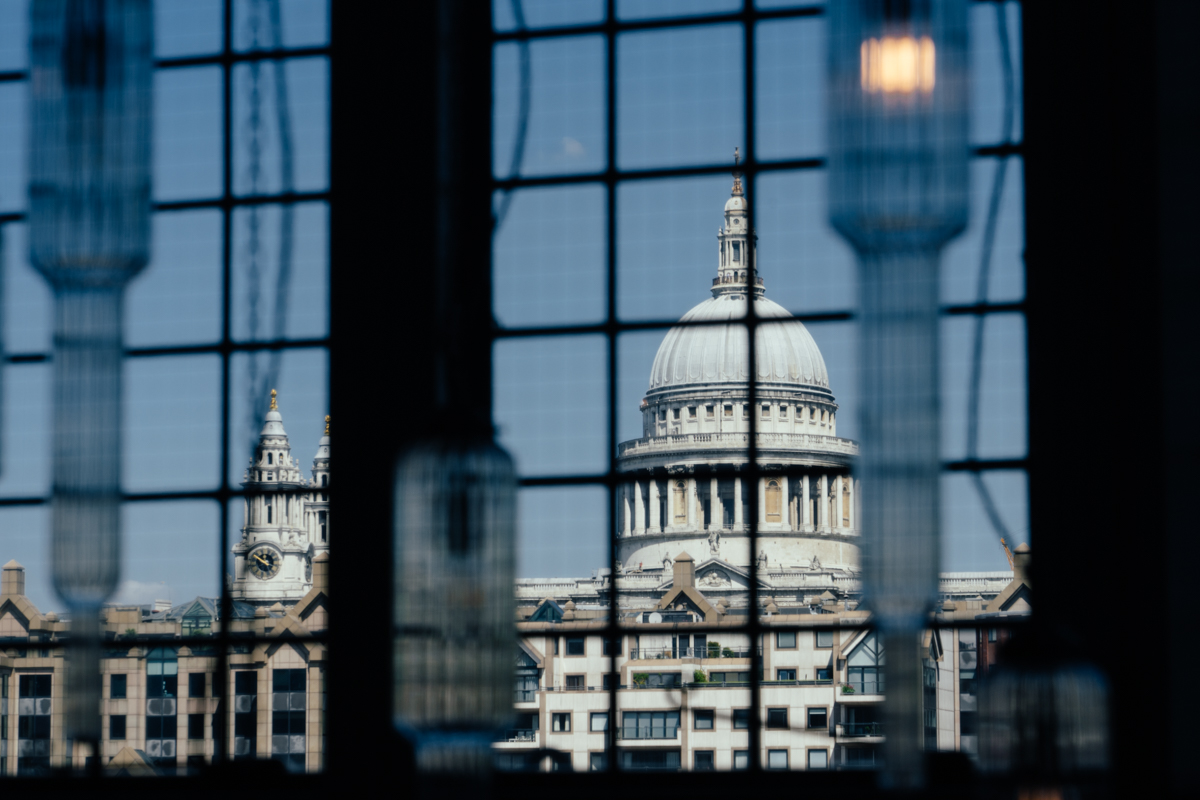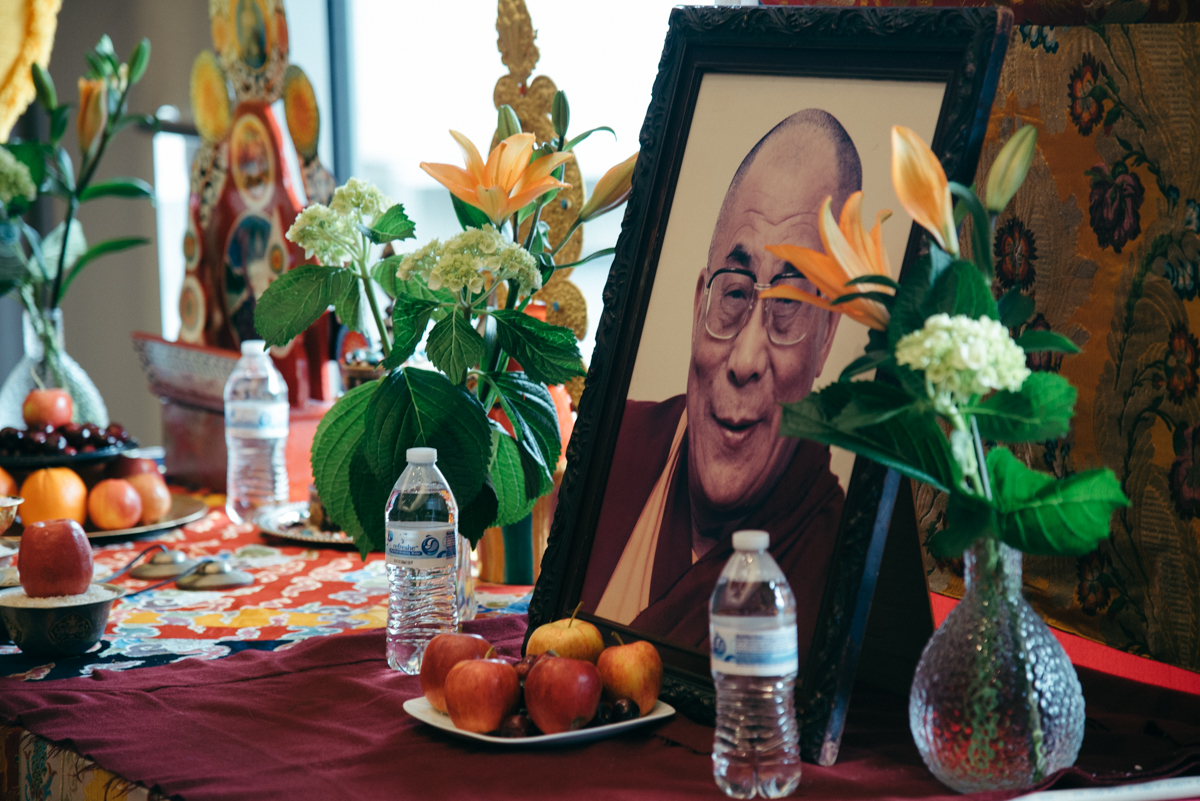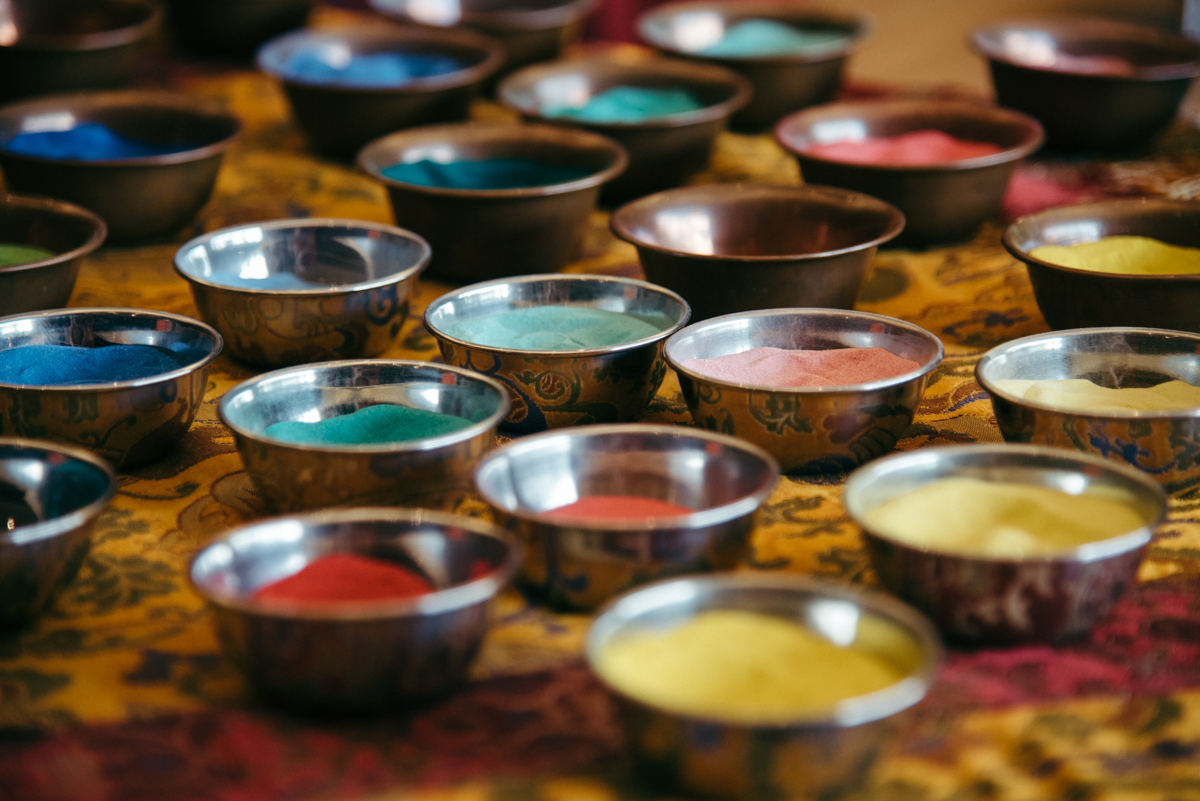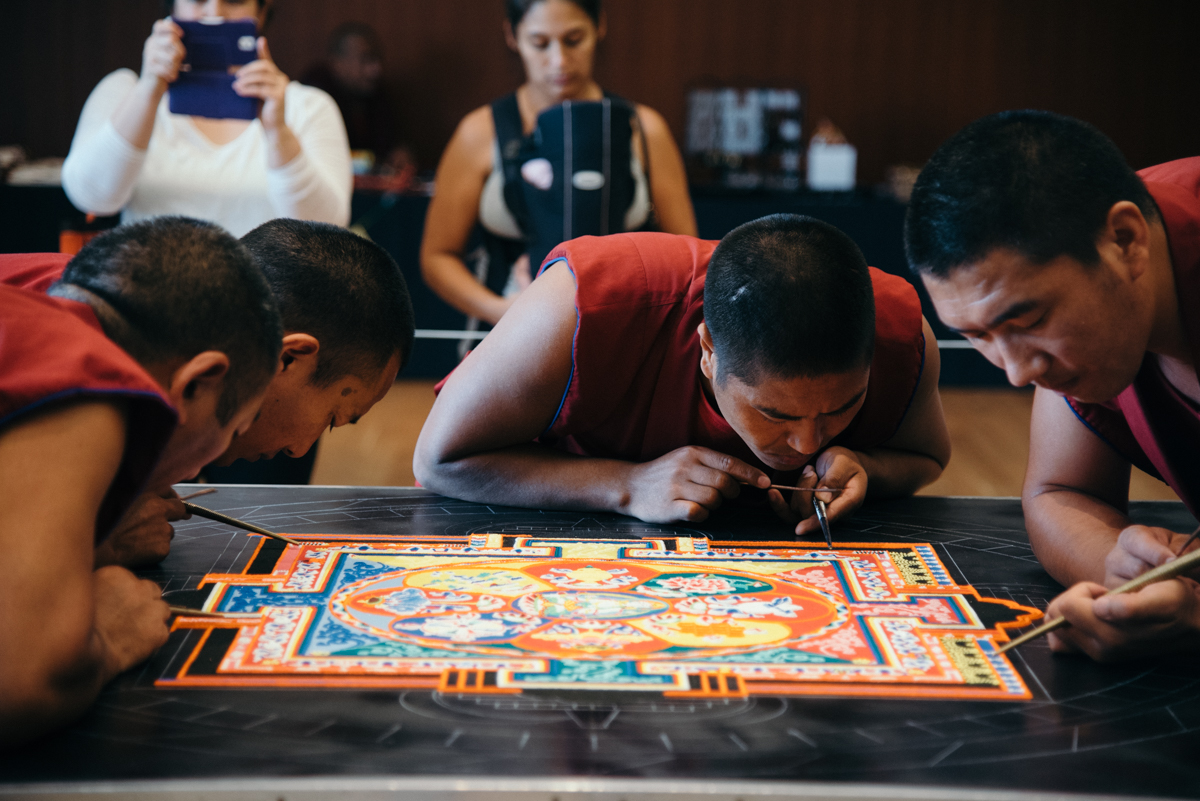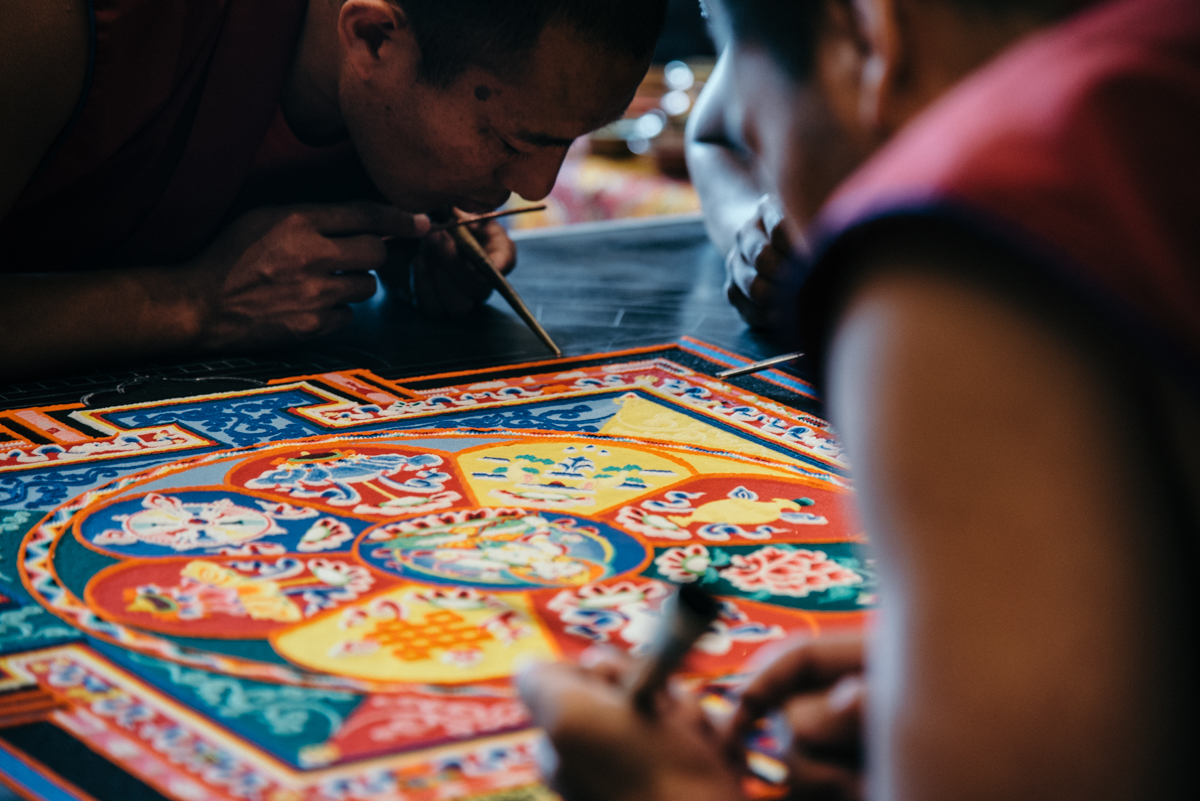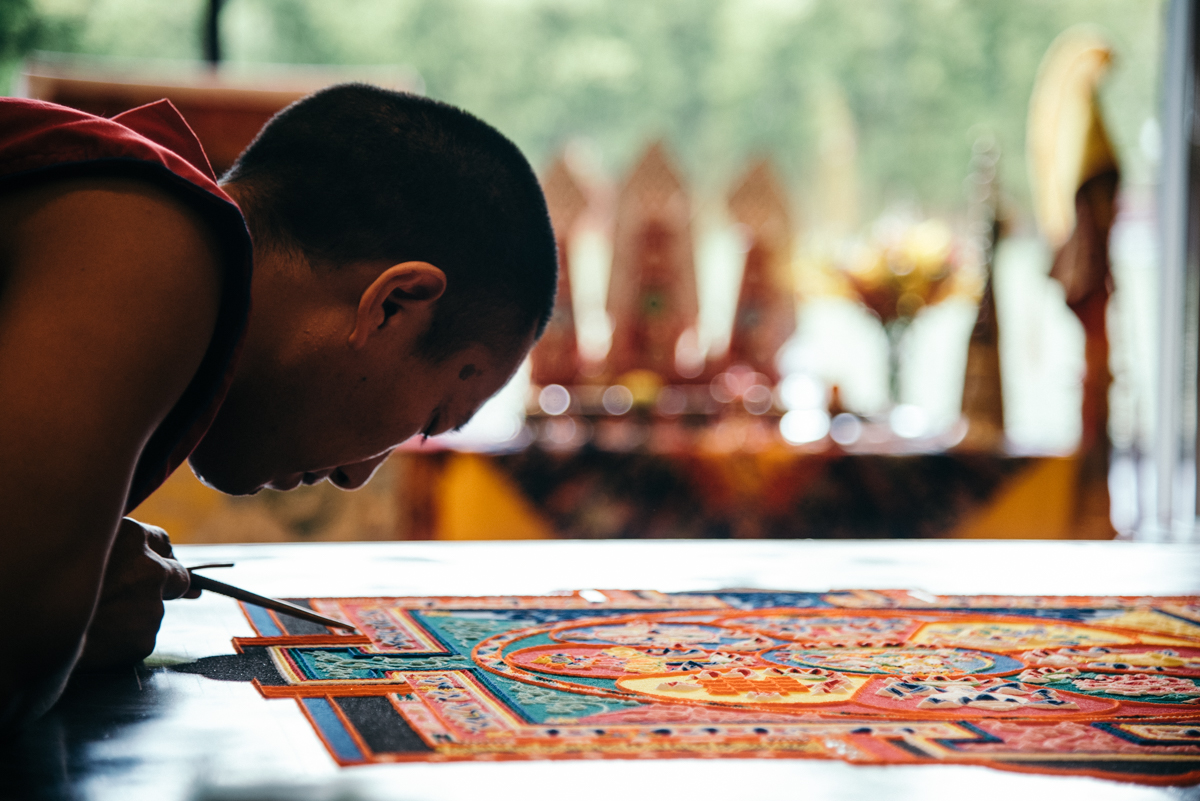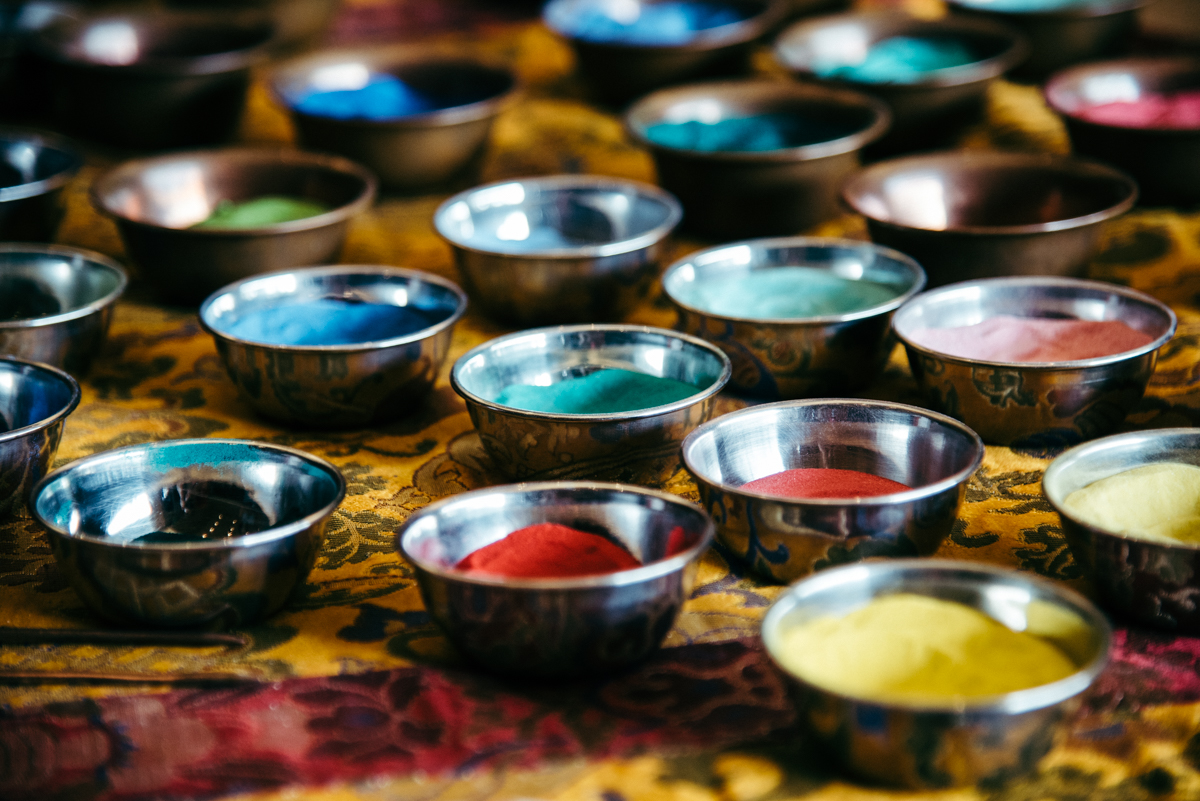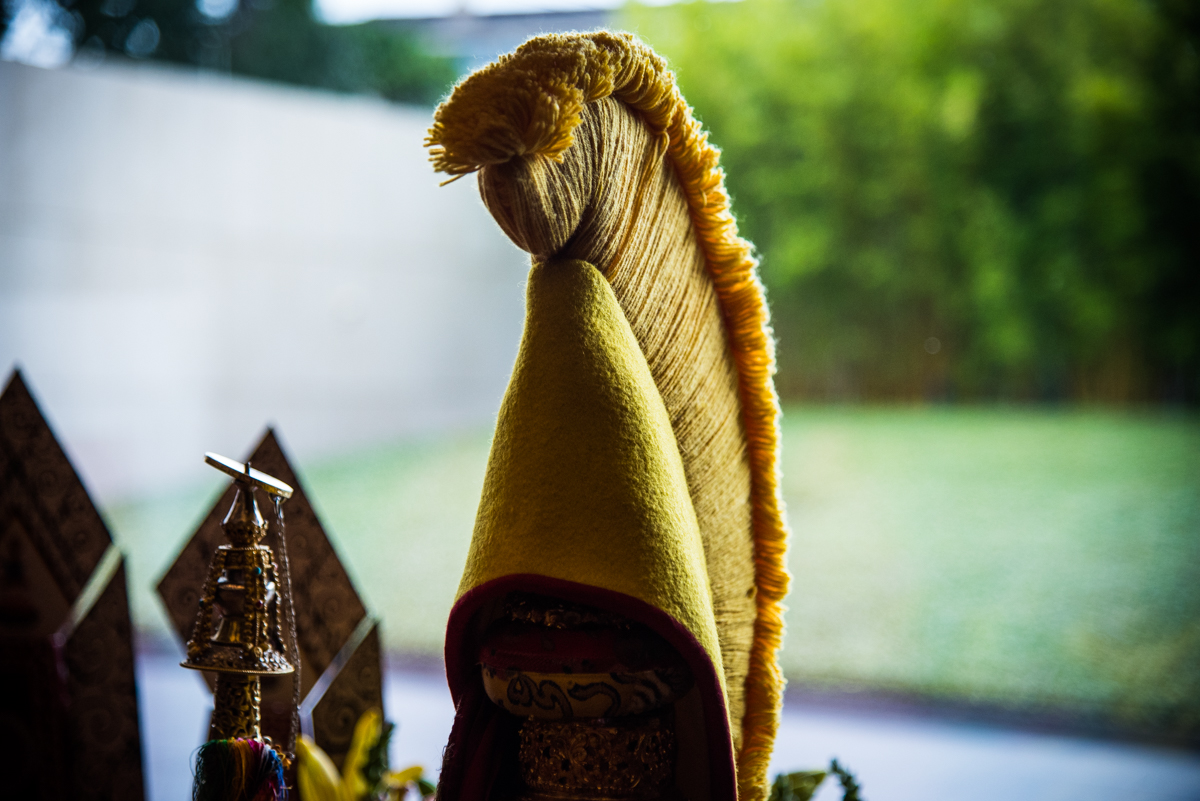When you’ve never been to a place, everything about it seems small and dreamlike. As a child, I used to go to Six Flags - Astroworld in Houston and was overwhelmed by the enormity of it. Flash forward ten years and walking across the entire park only took 15 minutes. Not only had my height changed, but so had my perspective of the world, even though Astroworld stayed the same.
As we prepare for our trip to Berlin later this year, that same feeling has hit me. Every bit of Berlin I’ve experienced has been second hand through books and film. The thing is, I’m eager to keep that childlike wonder about me as I roam Kruezberg and Potsdamer Platz. Sure I’ve been to other places in Europe, so the scale of the city won’t surprise me, but I want other things to.
I ran across this new video from filmmakers Efim Graboy and Daria Turetski that uses tilt-shift lenses and photography to picture a mini Berlin, people teeming about like toy models. It reminds me of watching a Wes Anderson movie and only makes me want to visit the city sooner.
You can see more from Efim Graboy and Daria Turetski here.



